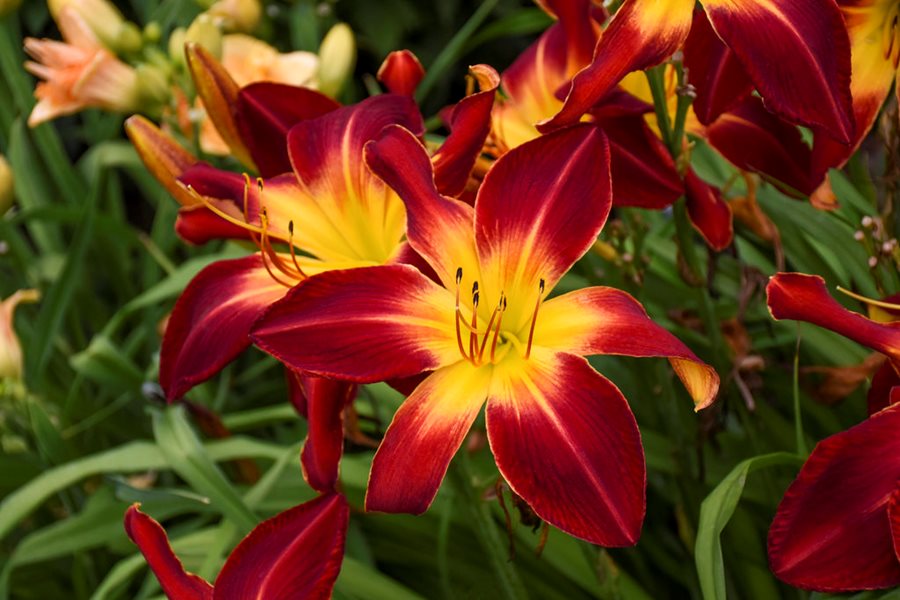
The daylily is a beautiful ornamental plant that feels good and comfortable in almost any condition. It is a herbaceous perennial with variegated colorful inflorescences. The flowering period of each flower is only one day, so the original name of the daylily is hemerocallis, which literally translates as “beauty for the day.” In everyday life, the bright plant was called the flower of joy. There is still a legend that touching the daylily relieves sorrows and brings good luck.
General Characteristics
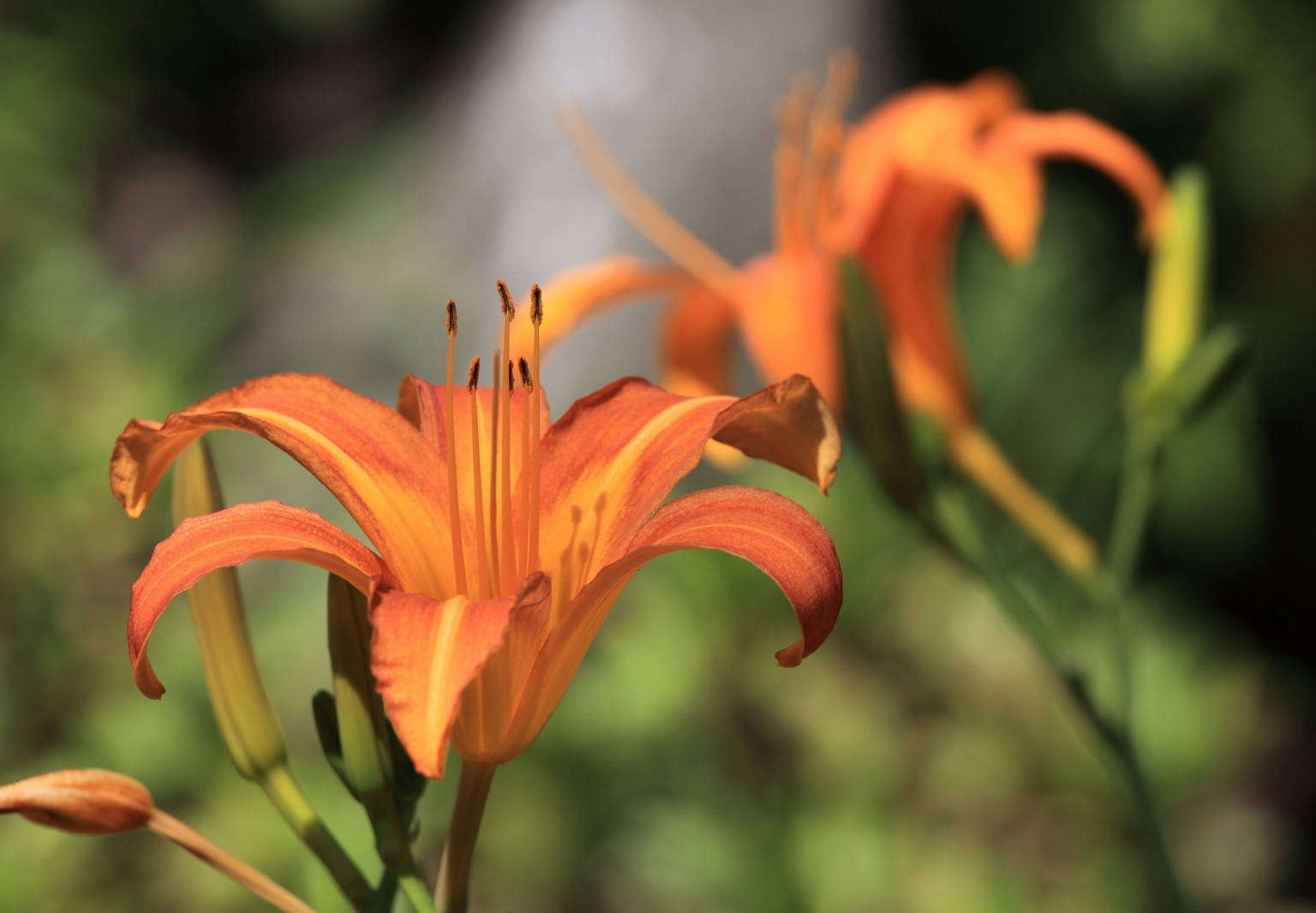
The daylily is not only beautiful but also unpretentious. He loves the sun and moisture but easily tolerates the vagaries of the weather, cold winters, frost, and wind.
It blooms for about a month, but the timing is different for different species. Basically, this is from April to June. Some varieties can bloom several times a season. The fragrance is delicate and subtle, with subtle notes of sandalwood. The number of buds on a peduncle is about fifty. For the flowerbed to always remain bright, it is better to plant different species next to it.
Daylily Species
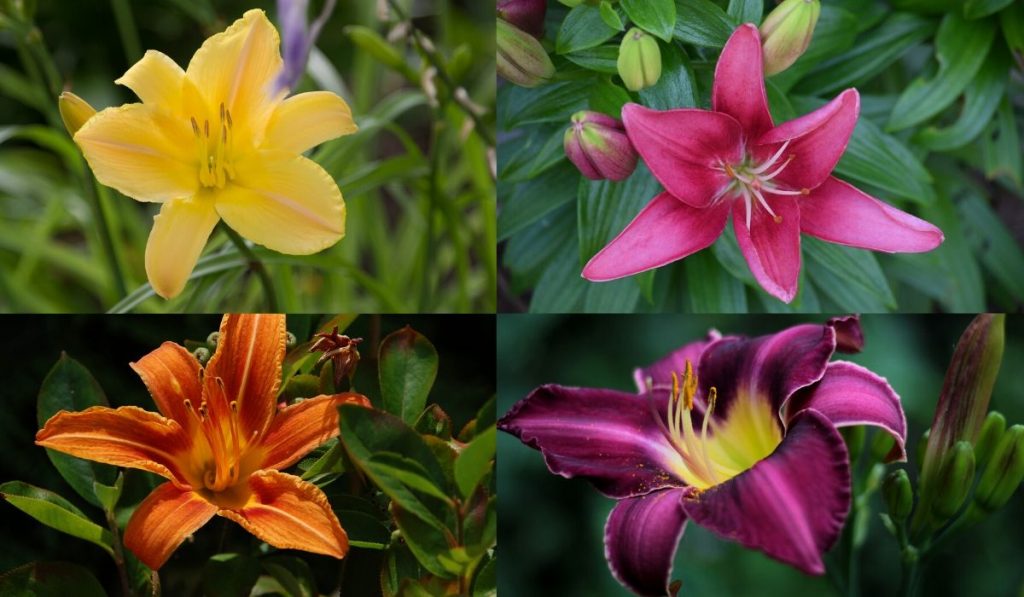
There are several dozen varieties of daylily in the world. They differ in appearance, structure, growth characteristics, shapes of petals, and inflorescences. In gardens and flower beds, the most decorative species with lush buds are used. Individual bushes with proper care can grow up to 15 years.
Daylilies are classified according to different criteria:
By the height of the peduncle. These are low (30 cm), medium (30-60 cm), relatively high (60-90 cm) and high (from 90 cm).
By the flowering period. In addition to long-flowering daylilies, there are also day and night ones. The first bloom in the morning and last until the evening. The second bloom at night and wither until lunchtime.
By the time of flowering. By June, early varieties are revealed, by mid-July – mid-early, by mid-August – just medium, after that – medium-late, and by early September, late species bloom.
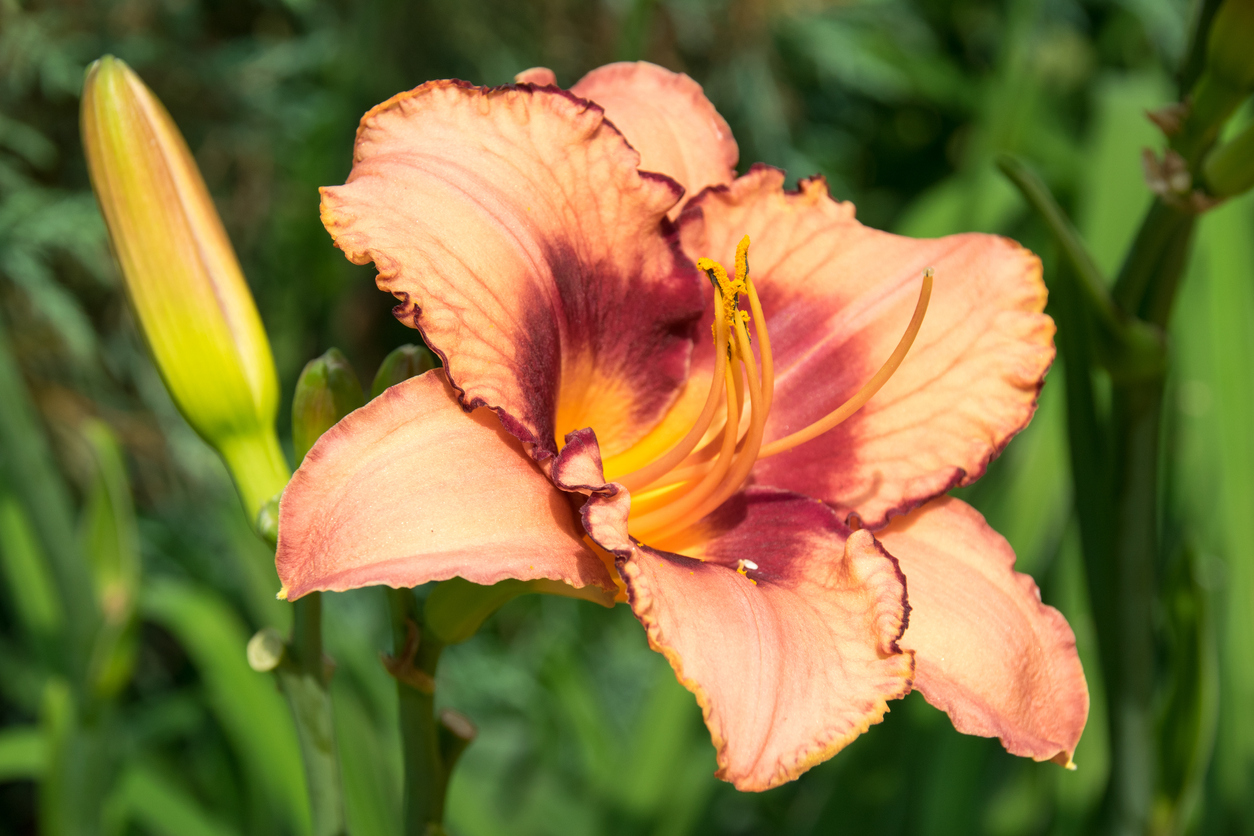
By the type of vegetation. Sleepers are ideal for cold winters. At this time, their development freezes, and with the arrival of heat, it resumes again with renewed vigor. Evergreens retain their leaves even in winter and come to life with each warming, but they do not take root well in mid-latitudes due to changeable weather conditions. Semi-evergreens depend on the climate – in cold climatic zones, they behave like dormant varieties, and in warm regions, they resemble evergreens.
By origin. Species are classic natural varieties. For example, brown, lemon, and yellow. They begin to bloom in May. Breeders breed varietals. They are colorful and decorative hybrids with medium to late flowering time.
Interesting decorative varieties include:
- Large red-pink Dragon’s Eye with a flower up to 10 cm in diameter
- Romantic lilac medium Romantic Rose with a large flower up to 17 cm
- Graceful and elegant Ivory Arctic Snow
- Ruffled lavender Edge of Darkness with a dark violet middle
- Dark lilac-wine aromatic Forgotten Dreams
- Terry bright orange Three Tiers
- Lavender with Pink Light Years Away with a golden border
- Contrasting creamy Canadian Border Patrol with a dark eye
- Inherited Wealth Corrugated Peach with original bubbly edges
- Graceful silver lavender Royal Braid
- Bright Wine Summer Wine
- Dramatic Wild Horses cream shade with a large contrasting center
- Corrugated Fire Red Calgary
- Bright and juicy orange Tiger
- Big and aromatic Night Embers
Daylily Care
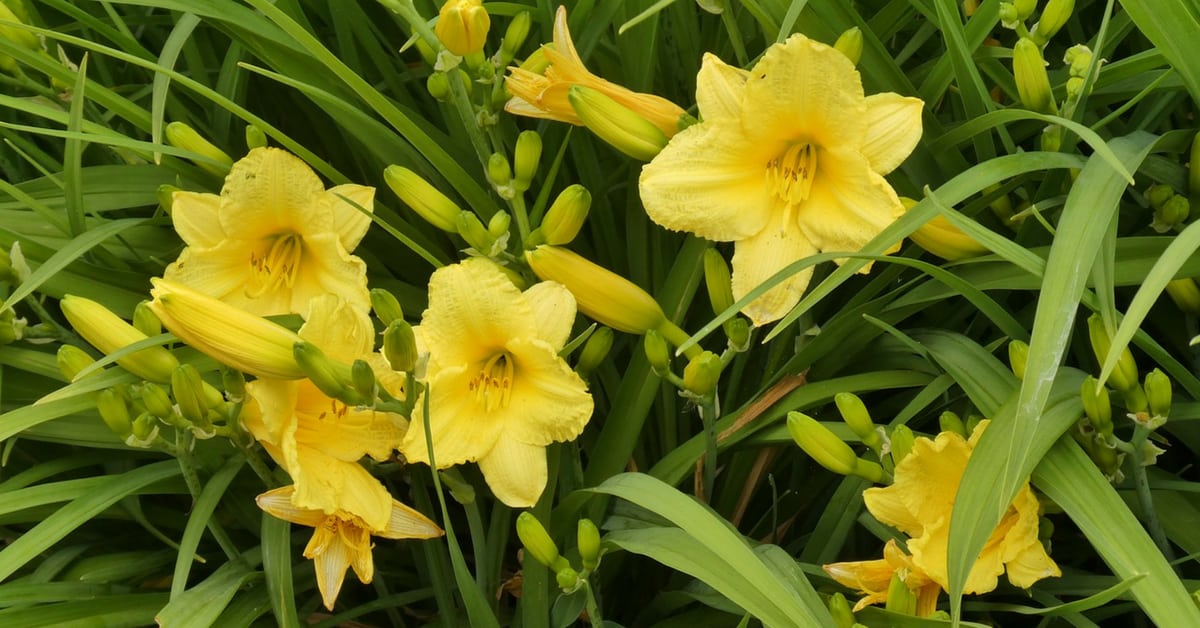
For planting, nutritious garden soil is used. A perennial plant requires prepared and enriched soil. But it is important not to overdo it. Otherwise, the bush will actively grow but not bloom. It is also advisable to avoid heavy clay soil and areas where groundwater is constantly stagnant. The rhizome poorly tolerates such conditions. Good drainage or a raised flower bed can save you.
The daylily needs sun and space because, over time, a perennial bush can grow up to 80 cm in diameter. Therefore, give potassium and phosphorus periodically. Needles, peat, sawdust, wood chips are suitable for mulching. During the first year, fertilizers can be dispensed with.
Do not water the daylily from above. It is best to moisten the soil with a hose lying down to keep the flowers and leaves dry. In the spring, nitrogen is introduced into the soil. Therefore, feeding with phosphorus and potassium is needed before and immediately after flowering. To protect the plant from frost, cover it with spruce branches, dry leaves, or straw for the winter.
Daylily Growing
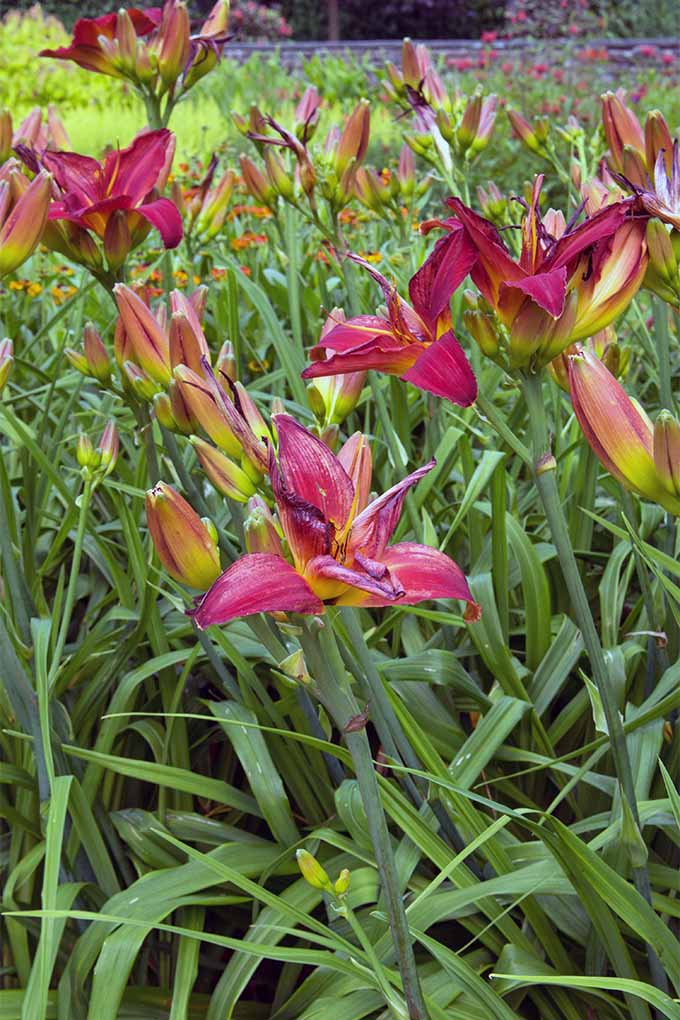
Daylily reproduces classically: by seeds or vegetatively. But the seeds are only used by breeders. With such a planting, only natural species retain their characteristics. The farm has more than enough vegetative reproduction.
Division of the plant. Mature bushes are divided into parts in the spring. The first green leaves after winter appears immediately after the snow melts. As soon as they grow, the daylily needs to be divided. If you tighten it too much, then the bush will bloom only next year. It is even easier with mature 5-year-old plants. They can be dug out completely and divided into 2-3 parts, keeping a fragment of the rhizome for each. Loose varieties can be divided by hand, while others use garden tools.
Division of old plants. Bushes over 10 years old have young roots only in young peripheral branches. Therefore only such delinking take root well. The central part will first have to be prepared: thin out and shorten the rhizome to stimulate its growth. Such delinking remains in seedlings for up to 2 years. Only then can they be transplanted to a permanent place.
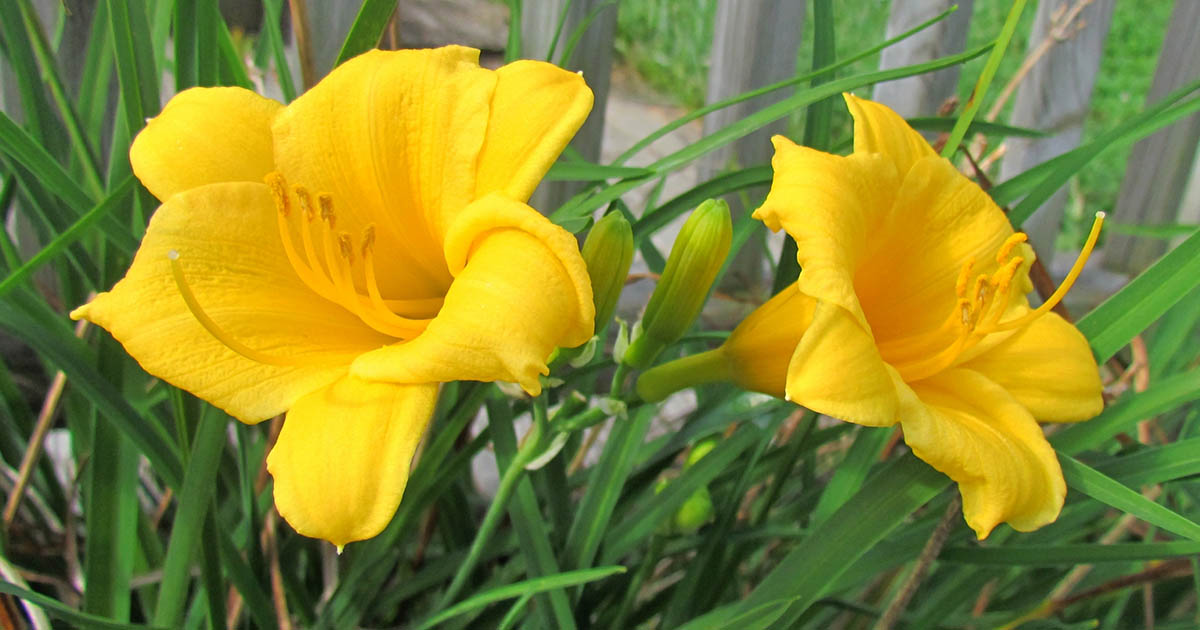
Rooting of inflorescences. Experts call this technology proliferation. The leaf rosette on the peduncle is rooted to grow a new flower with all its specific and varietal characteristics. But first, you need to give the outlets as much time as possible to develop. Remove the peduncle only after the top is completely dry. First, the rosette is placed in water until the first roots sprout. Then, you can use botanical growth stimulants. When the roots grow up to 5 cm, the rosette can be transplanted into a flowerpot with a special flower substrate. Again, it will take time and a lot of moisture. If the daylily is well and firmly rooted in winter, it can already be transferred to open ground in mid-spring.
Pest and Disease Control for Daylily
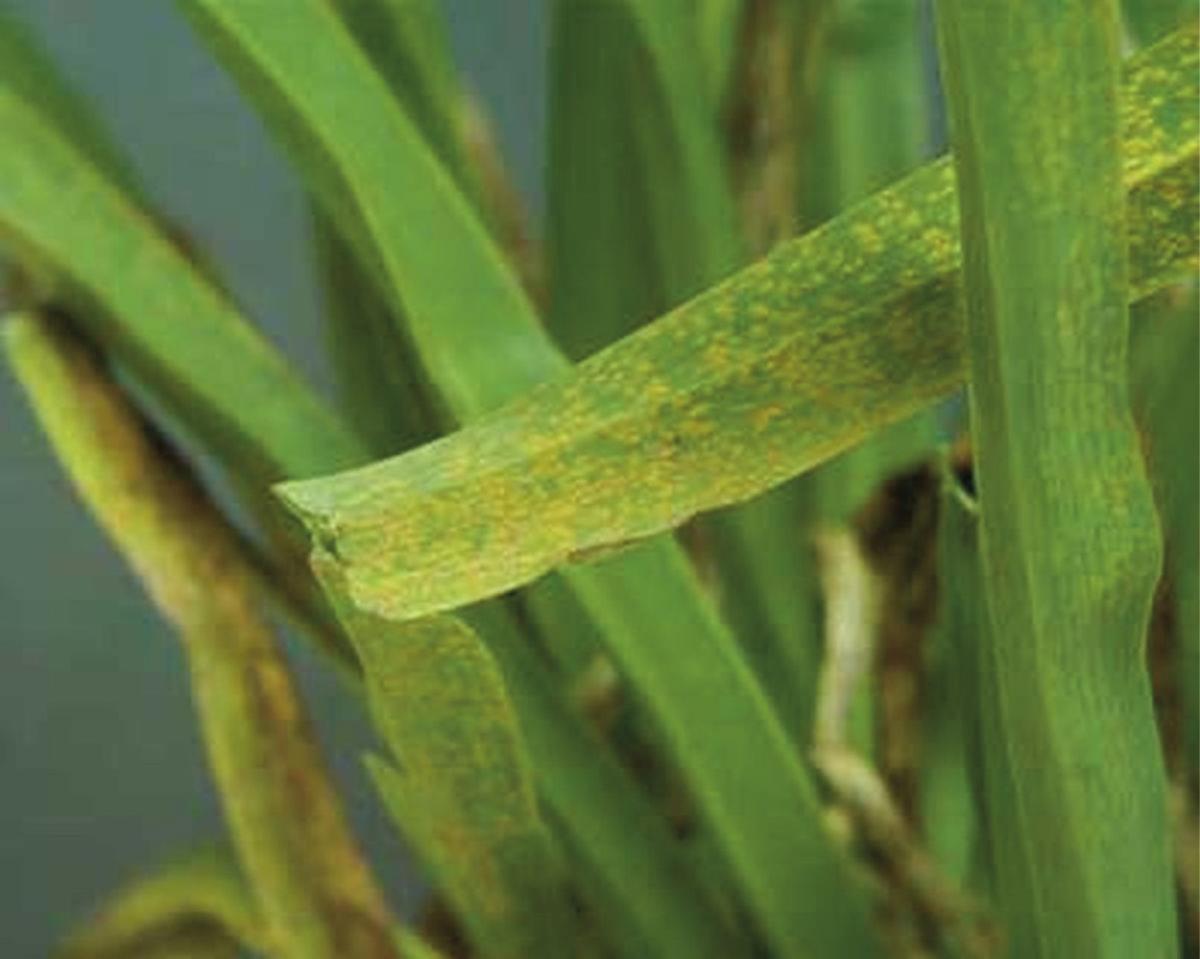
Daylilies are some of the hassle-free decorative flowers around. If you follow the simple rules of care, they practically do not get sick and are not afraid of pests. To avoid parasites and infections, it is enough to remove wilted flowers promptly.
Of the diseases, the root collar rot occurs due to an excess of nitrogen, moisture, and insufficient aeration when planting too deep or after frost.
The fungal disease causes striped leaves. It is enough to remove the affected areas at the first symptoms and treat the plant with fungicides.
Another fungal disease is rust. There are several stages in the development of a fungus. One of them is yellow-orange pustules with powder. The method of struggle is similar.
Among the pests there are thrips and daylily mosquitoes. To combat them, insecticides, mechanical cleaning, and removal of damaged plants are used.
To find out what a daylily looks like, what it is combined with, and where to place it, we have given brief ideas in our article! In addition, we have collected bright samples of the colorful flower of joy, so watch and get inspired!






